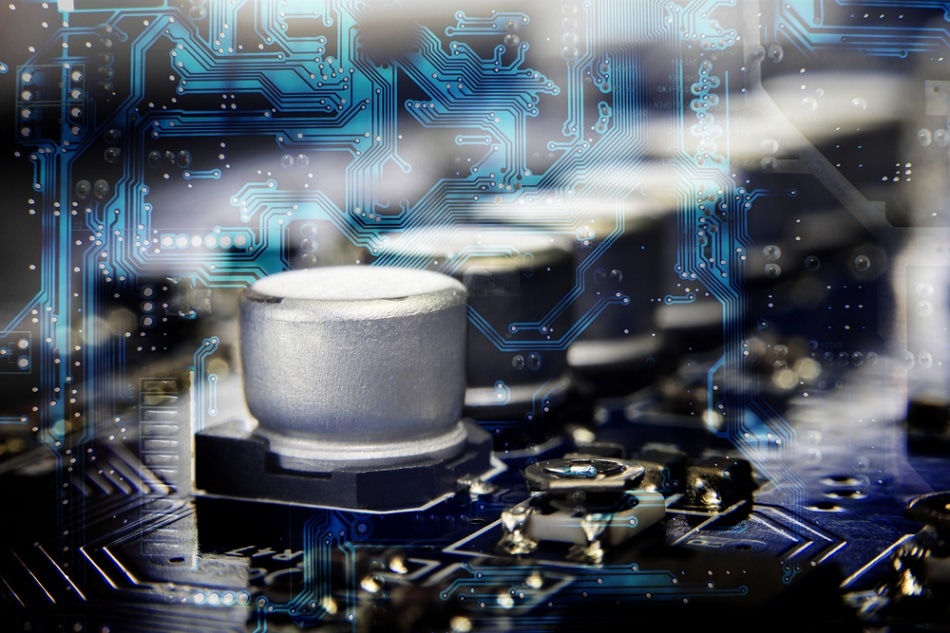Dec 6 2017
Supercapacitors have the ability to store more energy than batteries and are favored in the place of batteries due to their potential to charge quickly, largely because of the vertical graphene nanosheets (VGNs) that are huge and located close to each other.
 BLKstudio/ Shutterstock.com
BLKstudio/ Shutterstock.com
VGNs are 3D carbon nanomaterial networks that are developed as rows of vertical sheets, thereby offering a large surface area for higher charge storage potential. VGNs are also termed as graphene nanoflakes or carbon nanowalls, and seem to be highly propitious for use in fuel cells, high-power energy storage systems, bio sensors and magnetic devices, and so on.
Using VGN materials for supercapacitor electrodes offers benefits because of their intriguing properties such as a high electrochemical stability, excellent conductivity, interconnected porous nanoarchitecture, and its array of nanoelectrodes. The benefits of VGNs can be improved based on the way the material is developed, processed and prepared to work with electrolytes.
Performance of a supercapacitor not only depends on the geometry of electrode material, but also depends on the type of electrolyte and its interaction with the electrode. To improve the energy density of a device, [electric] potential window enhancement will be one key factor.
Subrata Ghosh, The Indira Gandhi Centre for Atomic Research, Homi Bhabha National Institute
Ghosh and a group of scientists found out techniques to enhance the supercapacitance characteristics of the material, and their outcomes have been reported this week in AIP Publishing’s Journal of Applied Physics.
Based on modeling, VGNs ought to have the potential to offer greater charge storage abilities, and the scientists around the globe are striving to attain the efficiency levels that are theoretically achievable. For example, the required enhancements to be operable include less internal resistance, greater capacitance per unit of material, greater electrochemical voltage ranges (operating potential windows), and greater retention.
Our motivation was to improve VGN performance. We have taken two strategies. One is inventing a novel electrolyte, and another is improving the VGN structure by chemical activation. The combination of both enhances the charge storage performance remarkably.
Subrata Ghosh
The researchers used potassium hydroxide (KOH) to process the VGNs to activate the electrodes and then made the processed electrodes react with a hybrid electrolyte, investigating the emergence of the electric double layer at the electrode/electrolyte interface. The team also investigated the columbic efficiency, morphology, areal capacitance, and surface wettability of VGN.
The innovative electrolyte developed by the team is a hybrid that integrates the benefits of organic and aqueous electrolytes for an innovative hybrid organo-aqueous version that functions to enhance the VGNs’ supercapacitor performance. The team used tetraethylammonium tetrafluoroborate (TEABF4), an organic salt, in an acidic aqueous solution of sulfuric acid (H2SO4) to produce an electrolyte that widened the operating window of the device.
Enhancement of VGN architecture was related to the KOH activation procedure, which grafted the oxygen functional group onto the electrode, minimized internal resistance, enhanced electrode wettability, and enabled an enhancement in VGNs’ capacitance up to five times. According to Ghosh, the activation technique described in the paper can be used in the case of other supercapacitor devices developed with nanoarchitecture.
Aqueous and organic electrolytes are extensively used, but they have their own advantages and disadvantages. Hence the concept of hybrid electrolyte arises.
Subrata Ghosh